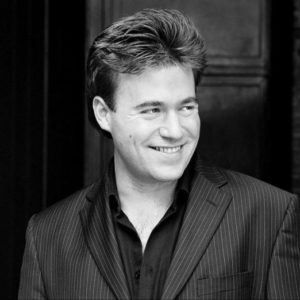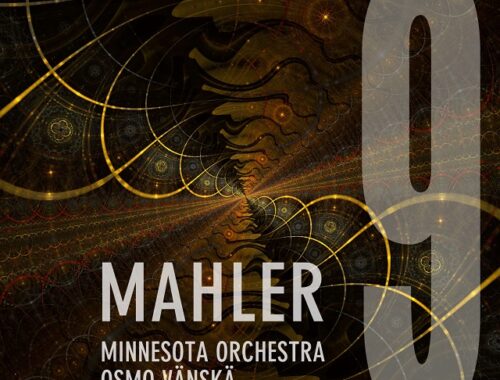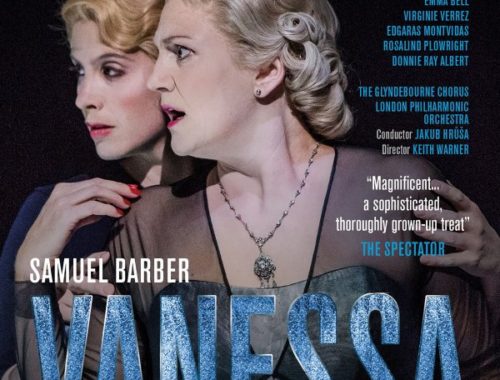Le nozze di Figaro, Glyndebourne Festival Opera (Review)
It’s the season of free love in Michael Grandage’s 1960s take on Mozart’s Le nozze di Figaro – everybody’s at it; and since you can’t tell the men from the girls (or even the boys in Cherubino’s case) issues of sexual identity assume an added significance. The period would seem to be a reasonably good fit. But there is this little matter of Count Almaviva’s feudal rights (inconveniently raised both in Beaumarchais’ original play and Lorenzo Da Ponte’s libretto) and since his “entitlement” through wealth and status (to say nothing of the sub-plot involving Bartolo’s legal rights over Marcellina) is pretty meaningless when divorced from its 18th Century context, incredulity is not just stretched but effectively snapped. Then again when a man’s sexual appeal can be measured in the size of his hair-do and shirt collar is it any wonder that mayhem prevails?
The tempo of this single, insanely eventful, day in the Almaviva household (their out-of-town retreat designed in stunning Moorish detail by Christopher Oram) is set by Mozart’s Overture and whilst conductor Jérémie Rhorer pressed the excellent London Philharmonic Orchestra to within an inch of possibility at the start, the essential tensions emanating from the pit in terms of pacing and articulation came and went a bit throughout the evening. Part of the problem – and this was something I commented upon when the production was new last year – was the pacing of the recitative. Grandage (and now his revival director) play it as they would a contemporary play – very naturalistically – compromising the reckless dash of the narrative time and time again. Lickety-split is the phrase which best describes the delivery of all these 18th century libretti – and given the urgency of the plotting and sub-plotting increasing desperate characters such as these are bound to speak faster.
So while the pacing was slower, the business was broader with Adam Plachetka’s rangy Figaro piling on the physical swagger he wasn’t quite able to achieve vocally. It’s a dark, grainy voice, this, but in an evening where character generally won out over vocal beauty he was hardly the exception to the rule. There was a lot of lively vibrato going on across the stage, no more so than from the statuesque Countess of Amanda Majeski. I think it is generally agreed that she needs to be the most accomplished singer on the stage – but without uniformly beautiful tone and a seamless legato how can she be? Majeski’s account of the hugely challenging “Dove sono” was patchy and short-winded of phrase. Harsh, I know, but there can be no compromising the long-breathed line of that aria.
It helped, though, that she and Figaro were markedly taller than Joshua Hopkins’ Count. That an element of short-man syndrome could be added to his frustrated Bee Gee demeanour, replete with floral print pants and the obligatory medallion, was a boon to his characterisation. Every time he and Figaro were on stage together it was plain as daylight why each was the envy of the other: status versus a self-confidence. Vocally, too, Hopkins cut the mustard in a house this size. I also much enjoyed Lydia Teuscher’s laddish, ungainly, Cherubino – the silent rapture she brought to the still centre of “Non so più”, the plangent simplicity of her Serenade to the Countess. Laura Tatulescu’s Susanna grew for me as the evening progressed. There’s a little too much vinegar in the sound (especially when she pushes it) but her comic timing is a bit special and the sarcastic curtsey she pointedly gives the Count as she emerges from the Countess’s closet in act two is one of many details that is absolutely spot on.
So psychedelia and platform shoes rule and the wedding party’s synchronised jive talkin’ is guaranteed to get the Glyndebourne audience going after the dinner interval. But whilst this perfect piece will always prevail no matter where and when and how you set it, shortcomings – wherever and whenever they show themselves – are the more conspicuous for its perfection.



